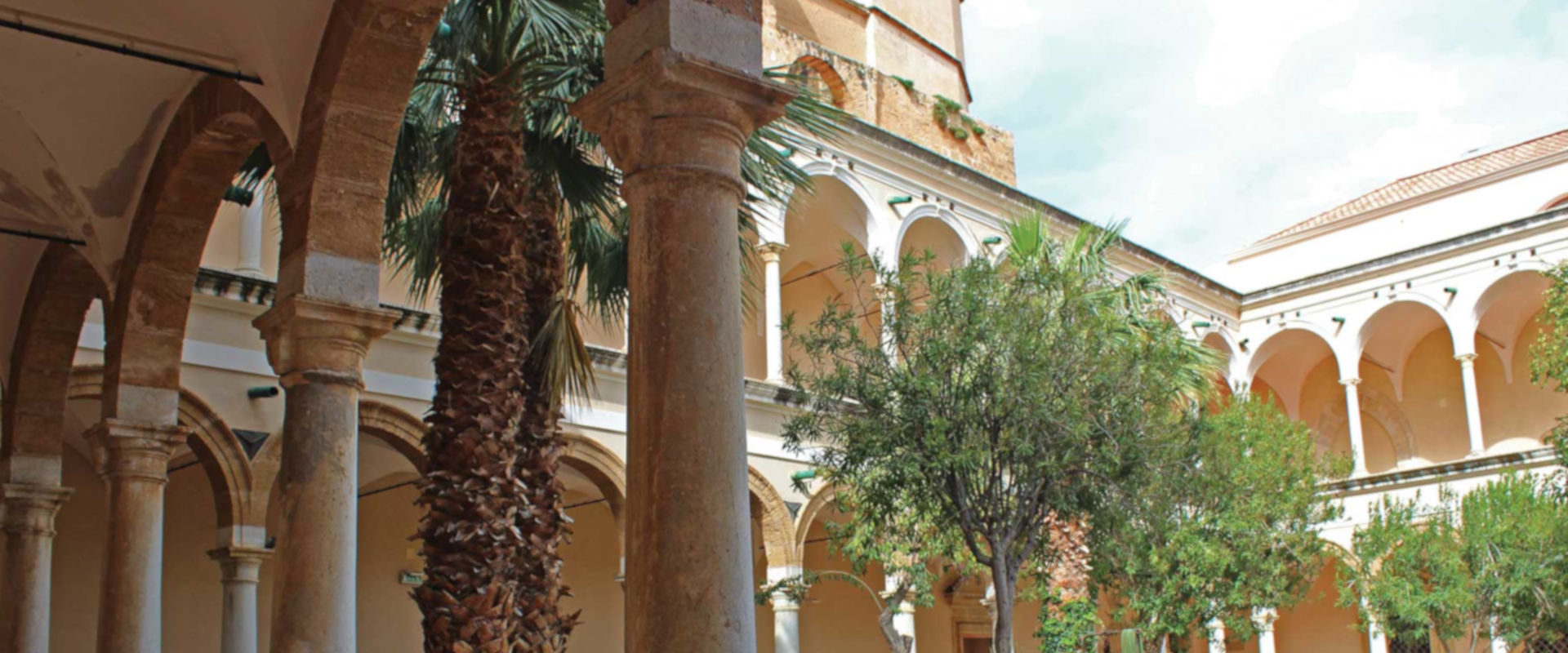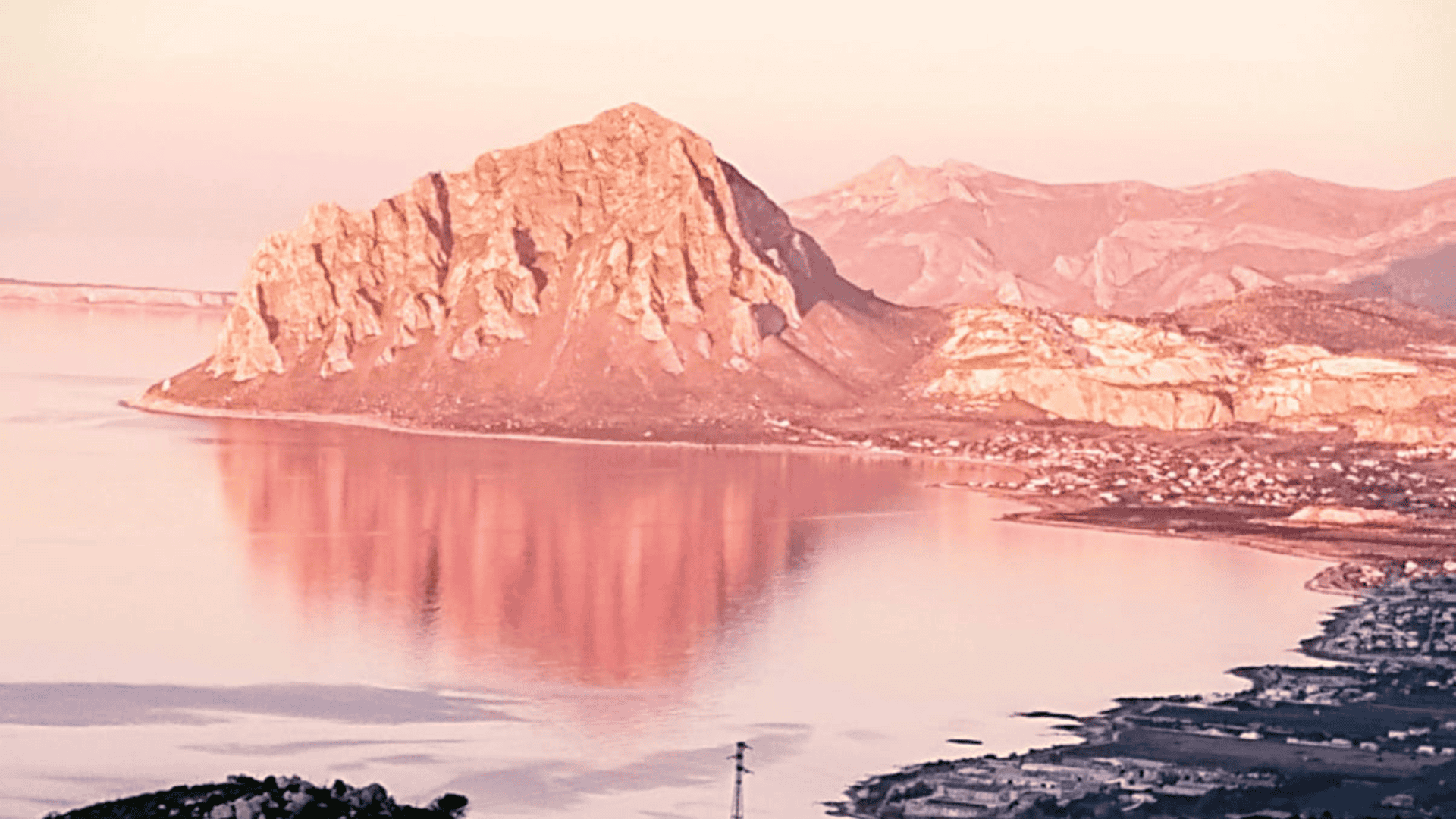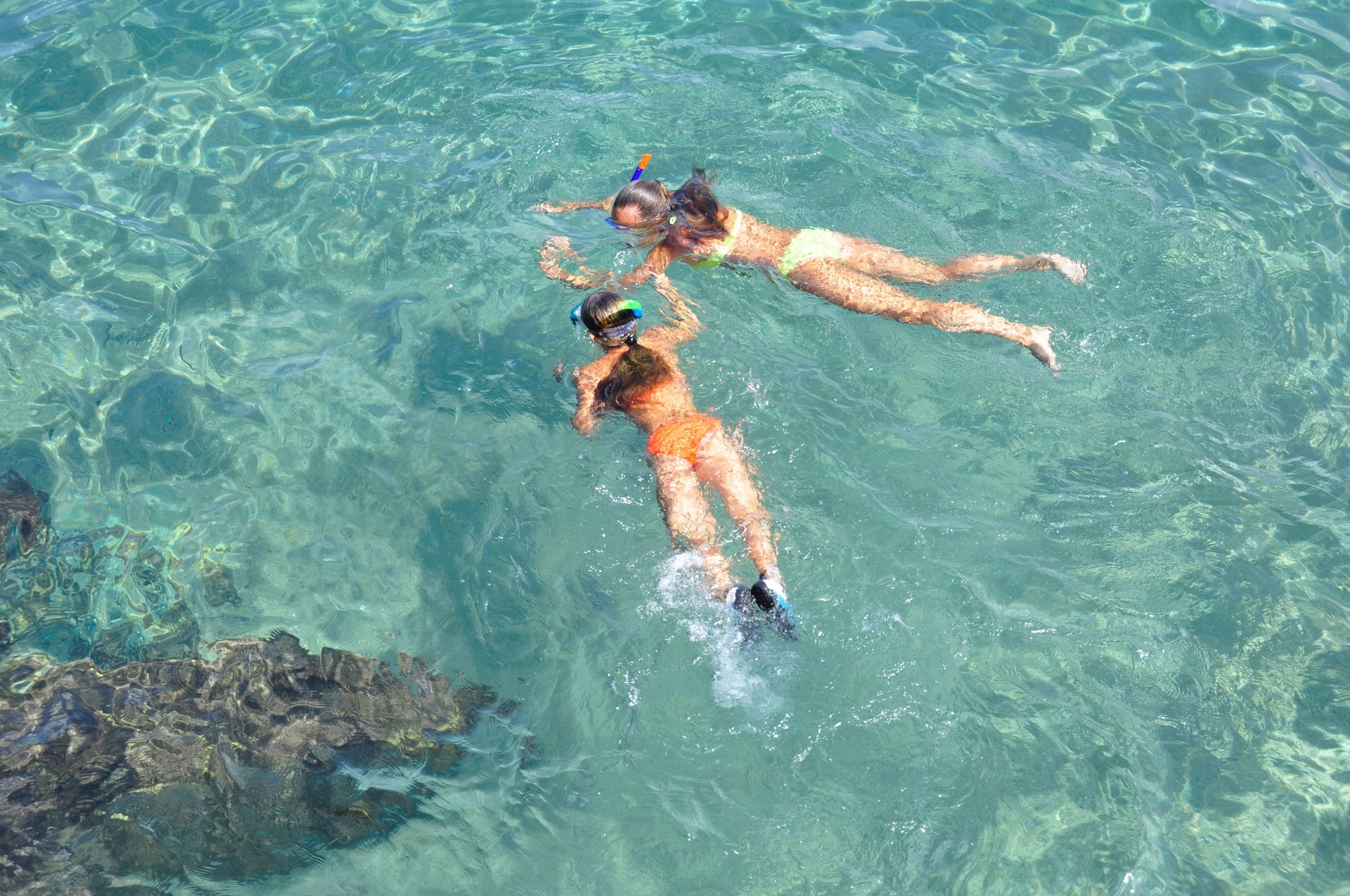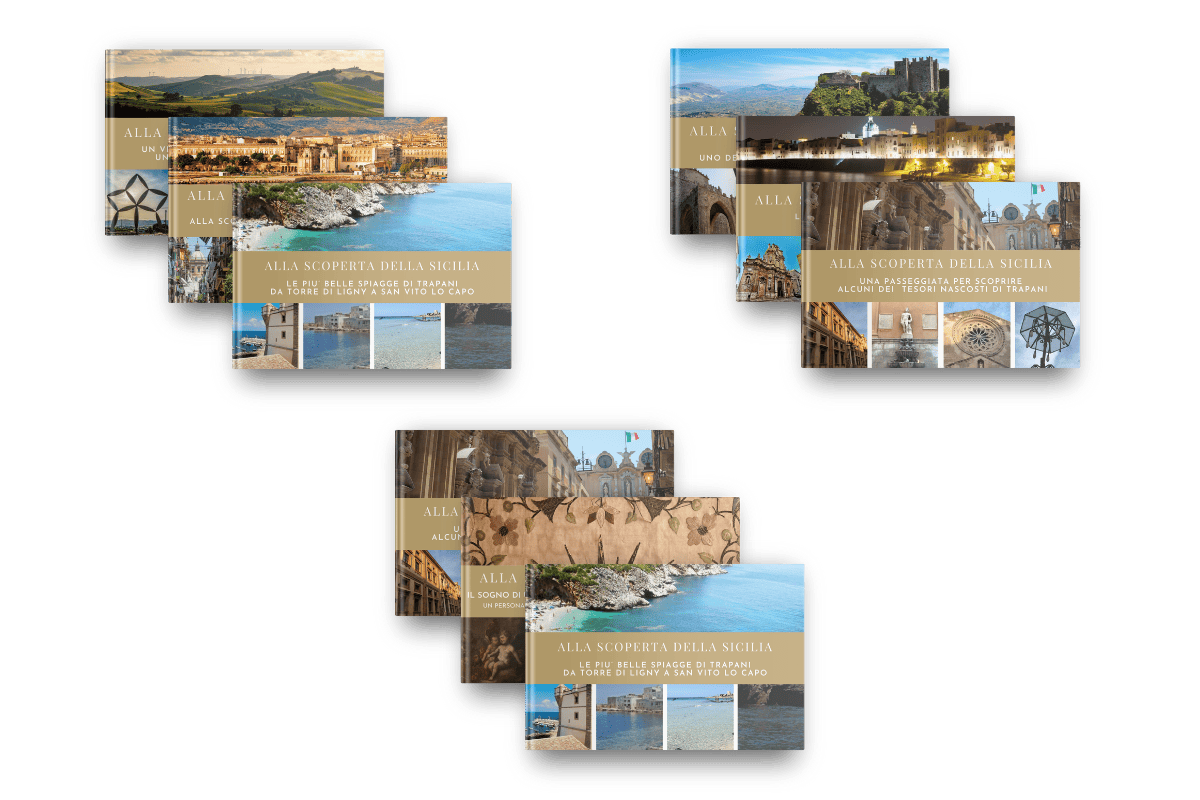AN UNFORGETTABLE HOLIDAY WITH GIARDINI MON PLAISIR
The 5 things to see and do in Trapani
Trapani is a city on the sea, indeed ‘between two seas’, and this is how it is also called because of its extension along a small strip of land in western Sicily, surrounded by the sea.
According to mythology, its curved shape derives from a sickle that fell from the hands of Saturn, the patron god of Trapani, which turned into a strip of land on which the city was later built. This is one of the many historical and mythological references we find when discovering the millenary history of Trapani.
A city dominated and criss-crossed by a vast mixture of peoples and cultures, which over time have transformed and shaped the area to make it one of the most fascinating cities in Sicily today.
Even now, walking through the streets of the city, we can touch and discover the flavour of a rich history. The province of Trapani offers many tourist attractions and enchanting places to visit, starting with Trapani and its historical centre rich in monuments.
YOUR FREE GUIDE TO DISCOVERING THE TREASURES OF TRAPANI
Gardens Mon Plaisir your ‘personal guide’
to discover West Sicily!
Trapani's historic centre
Trapani is a land steeped in culture and monuments: its historic centre is testimony to this. Not far from the boutique hotel Giardini Mon Plaisir, it is possible to stroll through the streets of the historic centre and experience a time-filled experience. While walking around the city, one comes across historical monuments such as the Palazzo Senatorio, the Hundred Churches and the Mura di Tramontana. Today the historic centre is closed to traffic, all the more reason to enjoy a walk. One of the main places in Trapani is Piazza Vittorio Emanuele with the statue of the King at its centre, dating from 1890, symbolising the boundary between the old and new city. The historical centre of Trapani is a succession of historic buildings and constructions leading up to the seafront. Lined with ancient walls, the promenade stretches close to the harbour.
Adjacent to the waterfront is the port of Trapani, a symbol of one of its historical traditions, fishing. A place where fishermen used to stop to moor their small boats, but with the thought of soon returning to the sea and continuing to preserve the town’s oldest tradition. Near the port, we can admire the Villino Nasi, an elegant Art Nouveau villa. The advice is to enjoy the pleasure of discovery little by little, simply by looking around, perhaps pausing for a granita accompanied by a hot brioche.
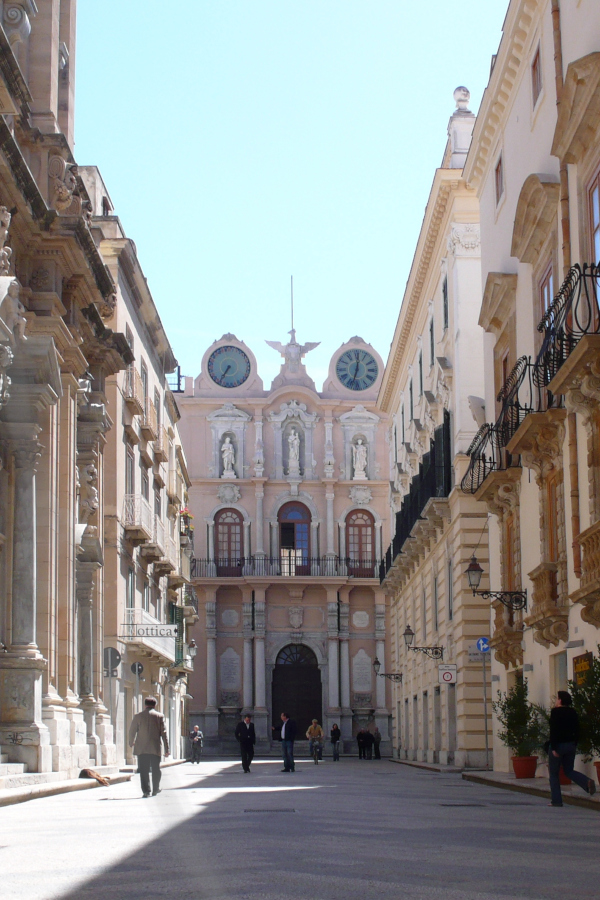

Trapani's historic centre
Trapani is a land steeped in culture and monuments: its historic centre is testimony to this. Not far from the boutique hotel Giardini Mon Plaisir, it is possible to stroll through the streets of the historic centre and experience a time-filled experience. While walking around the city, one comes across historical monuments such as the Palazzo Senatorio, the Hundred Churches and the Mura di Tramontana. Today the historic centre is closed to traffic, all the more reason to enjoy a walk. One of the main places in Trapani is Piazza Vittorio Emanuele with the statue of the King at its centre, dating from 1890, symbolising the boundary between the old and new city. The historical centre of Trapani is a succession of historic buildings and constructions leading up to the seafront. Lined with ancient walls, the promenade stretches close to the harbour.
Adjacent to the waterfront is the port of Trapani, a symbol of one of its historical traditions, fishing. A place where fishermen used to stop to moor their small boats, but with the thought of soon returning to the sea and continuing to preserve the town’s oldest tradition. Near the port, we can admire the Villino Nasi, an elegant Art Nouveau villa. The advice is to enjoy the pleasure of discovery little by little, simply by looking around, perhaps pausing for a granita accompanied by a hot brioche.
The Pepoli Museum
DISCOVER THE PEPOLI MUSEUM COLLECTION
Agostino Pepoli's museum collection consists of paintings, jewellery, historical relics, archaeological finds and works of applied art that characterise the Enlightenment culture of the Count from Trapani.

Ligny Tower and Dovecote Tower
A few kilometres away from the Giardini Mon Plaisir, on the road towards the port of Trapani, we find the ancient Ligny Tower and the Colombaia Tower.
The Ligny Tower is certainly one of the symbols of Trapani, located at the very tip of the coast. The tower was erected in the 17th century at the behest of Viceroy Claudio la Moraldo with the aim of becoming a fortress. In time, however, this became a lighthouse and a key point for monitoring vessel traffic within the port. Inside the Tower is the Museum of Prehistory, which houses an exhibition of ancient artefacts such as collections of Roman amphorae and even a helmet, found in the depths of the Trapani sea.
The Colombaia Tower has a very ancient history, in fact, according to some beliefs it was built by the Trojans, who landed in Trapani immediately after the fall of Troy. Historical documents suggest instead that the tower was built by the Carthaginian Hamilcar Barca, during the First Punic War. It is also called the Sea Castle and is 32 metres high, consisting of four storeys. It is located on a small island just outside the harbour. Over the centuries, the Colombaia Tower was a battlefield between the Carthaginians and Romans until, many years later, it also became a prison of the Bourbons. A historical landmark in the city, an example of how the culture and peoples of the past have a tangible influence on the way a place like Sicily is told.
Dark Door and Astronomical Clock
The Clock Tower, with the Dark Door below, dates back to the 13th century and is one of the oldest watchtowers in Trapani. Its main feature is one of the oldest astronomical clocks in Europe, visible on the tower’s façade.
On the Astronomical Clock, dating back to 1596, a Sun dial and a Lunar are depicted; the hands do not indicate the time but the signs of the zodiac, solstices, equinoxes, seasons and cardinal points.
The Clock Tower is located not far from the Palazzo Senatorio and is easily reached on foot through the historical centre of Trapani. A memory not to be missed if you are a guest at the nearby boutique hotel Giardini Mon Plaisir.
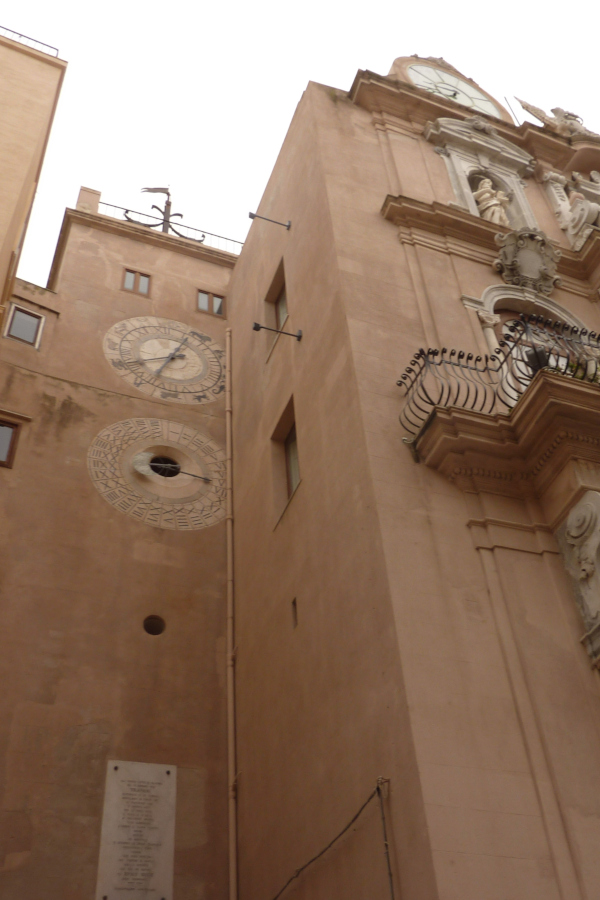

Dark Door and Astronomical Clock
The Clock Tower, with the Dark Door below, dates back to the 13th century and is one of the oldest watchtowers in Trapani. Its main feature is one of the oldest astronomical clocks in Europe, visible on the tower’s façade.
On the Astronomical Clock, dating back to 1596, a Sun dial and a Lunar are depicted; the hands do not indicate the time but the signs of the zodiac, solstices, equinoxes, seasons and cardinal points.
The Clock Tower is located not far from the Palazzo Senatorio and is easily reached on foot through the historical centre of Trapani. A memory not to be missed if you are a guest at the nearby boutique hotel Giardini Mon Plaisir.

Purgatory Church
The Church of Purgatory, built in the late 1600s, is one of the most important churches in Trapani. Its uniqueness lies in the combination of styles in which it was built. Of particular note is its façade embellished by Giovan Biagio Amico in 1714 with statues representing the apostles and Jesus.
Over the years, especially during the Second World War, the tower was the victim of bombardment, which damaged a large part of the façade. Inside the Church of the Purgatory we can observe the 22 sculptural groups of the so-called ‘Mysteries’, depicting the Passion of Christ. The Church of the Purgatory is located in the heart of the historical centre, not far from the villa that houses the Mon Plaisir Gardens.


